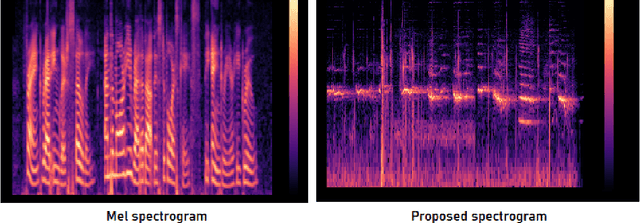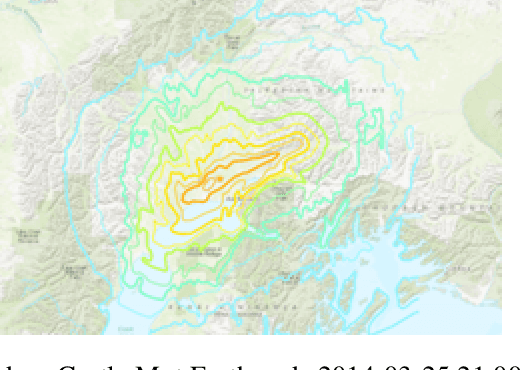Animal inspired Application of a Variant of Mel Spectrogram for Seismic Data Processing
Paper and Code
Sep 22, 2021



Predicting disaster events from seismic data is of paramount importance and can save thousands of lives, especially in earthquake-prone areas and habitations around volcanic craters. The drastic rise in the number of seismic monitoring stations in recent years has allowed the collection of a huge quantity of data, outpacing the capacity of seismologists. Due to the complex nature of the seismological data, it is often difficult for seismologists to detect subtle patterns with major implications. Machine learning algorithms have been demonstrated to be effective in classification and prediction tasks for seismic data. It has been widely known that some animals can sense disasters like earthquakes from seismic signals well before the disaster strikes. Mel spectrogram has been widely used for speech recognition as it scales the actual frequencies according to human hearing. In this paper, we propose a variant of the Mel spectrogram to scale the raw frequencies of seismic data to the hearing of such animals that can sense disasters from seismic signals. We are using a Computer vision algorithm along with clustering that allows for the classification of unlabelled seismic data.
 Add to Chrome
Add to Chrome Add to Firefox
Add to Firefox Add to Edge
Add to Edge